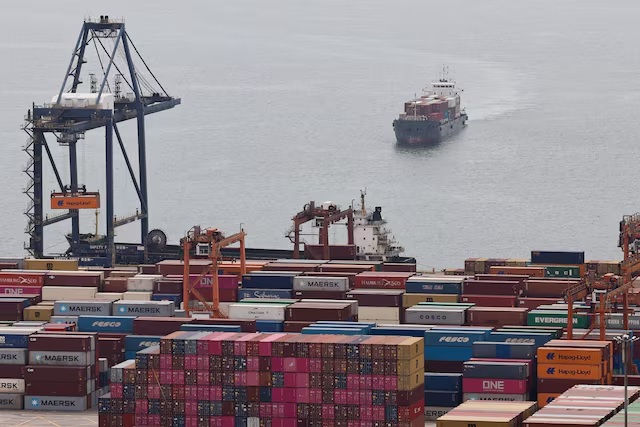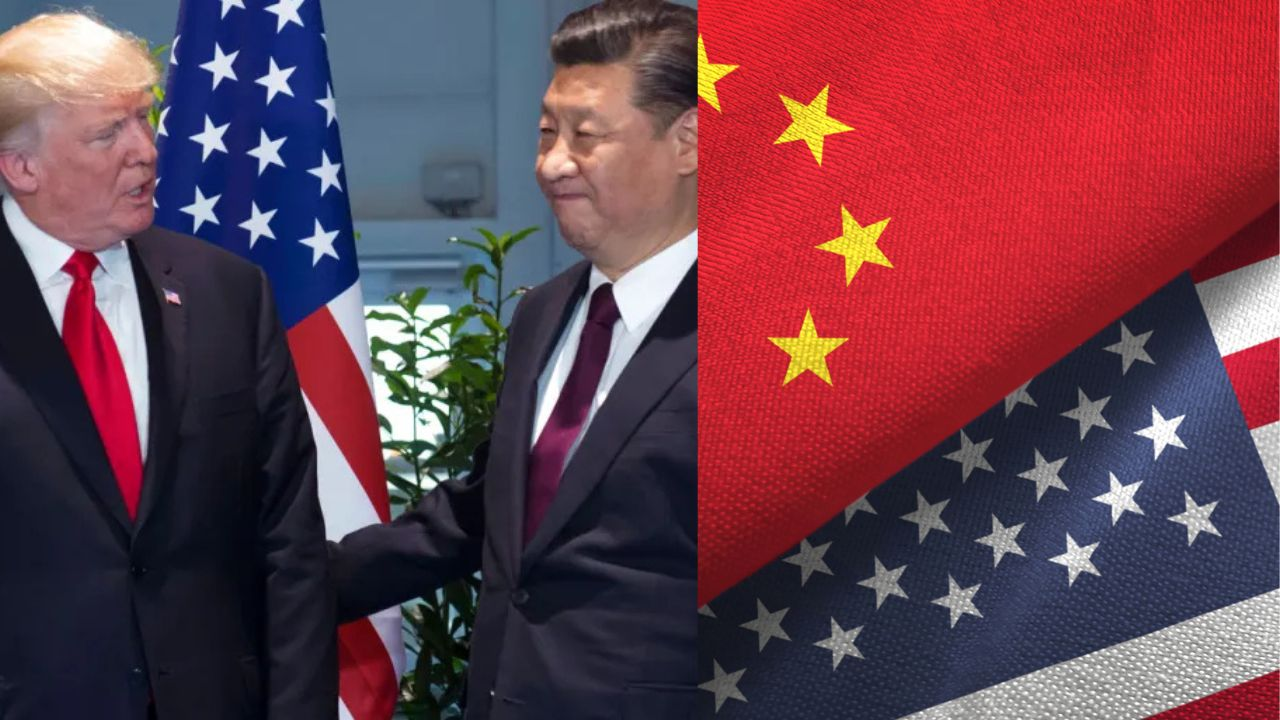THIN MARGINS AT SEA AS U.S. AND CHINA IMPOSE NEW PORT FEES

Trade friction at the docks
U.S.–China commercial rivalry reached cargo terminals, with both sides rolling out new port-related fees that carriers warn could ripple across supply chains. The measures, announced on October 14, target ships calling at each other’s ports and come on top of higher tariffs and tightened export controls. Shippers said schedules were already stretched by equipment imbalances and a busy holiday season. Any extra cost or delay at gateways like Los Angeles–Long Beach, Shanghai and Shenzhen’s Yantian could quickly cascade. Freight forwarders flagged the risk of demurrage and detention charges climbing if vessels face longer dwell times or customs checks. Insurers also cautioned that uncertainty itself tends to raise premiums and prompt route changes, especially on just-in-time lanes.
Wider economic stakes
Port fees may look technical, but they can act like hidden tariffs. Carriers can pass on charges through bunker and congestion surcharges, raising landed costs for retailers and manufacturers. Analysts said the timing matters: inventories are leaner than a year ago, and consumer demand is uneven. If schedules slip, importers could resort to expensive airfreight for high-value goods. Logistics executives recommended diversifying gateways—using Gulf and East Coast ports for the U.S., and Ningbo or Xiamen as alternates in China—while locking in allocations with carriers. Policymakers in both countries framed the fees as reciprocity, yet industry groups urged dialogue to avoid a repeat of pandemic-era bottlenecks. For now, the practical advice is simple: expect longer lead times, pad buffers, and monitor port turnarounds daily.




















